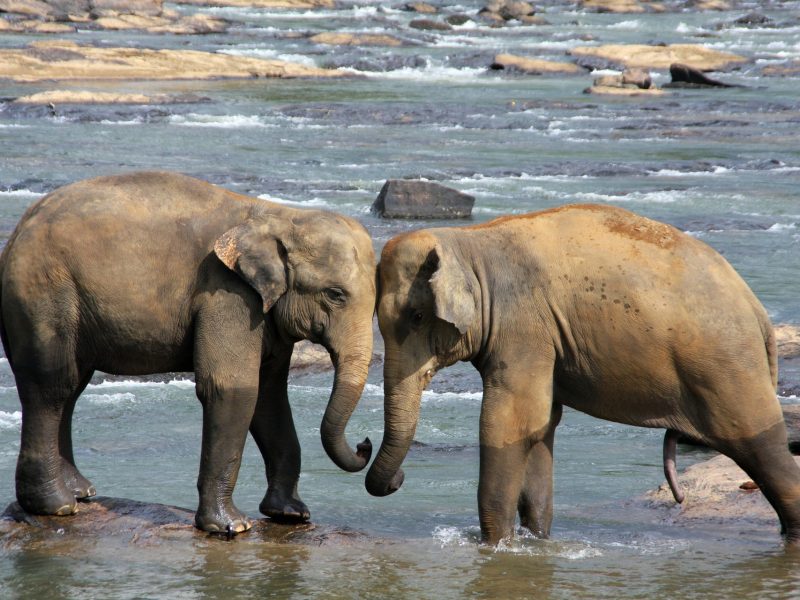
The Sri Lankan Elephant | Elephas Maximus Maximus
Sri Lanka elephant is one of three recognized subspecies of the Asian elephant, and native to Sri Lanka. Since 1986, Elephas maximus has been listed as endangered by IUCN as the population has declined by at least 50% over the last three generations, estimated to be 60–75 years. The species is primarily threatened by habitat loss, degradation and fragmentation.
Elephas maximus maximus is the type subspecies of the Asian elephant, first described by Carl Linnaeus under the binominal Elephas maximus in 1758.
Characteristics of Sri Lankan Elephants
The Sri Lankan elephant population is now largely restricted to the dry zone in the north, east and southeast of Sri Lanka. Elephants are present in Udawalawe National Park, Yala National Park, Lunugamvehera National Park, Wilpattu National Park and Minneriya National Park but also live outside protected areas. It is estimated that Sri Lanka has the highest density of elephants in Asia. Human-elephant conflict is increasing due to conversion of elephant habitat to settlements and permanent cultivation.
In general, Asian elephants are smaller than African elephants and have the highest body point on the head. The tip of their trunk has one finger-like process. Their back is convex or level. Females are usually smaller than males, and have short or no tusks.
Sri Lankan elephants are the largest subspecies reaching a shoulder height of between 2 and 3.5 m (6.6 and 11.5 ft), weigh between 2,000 and 5,500 kg (4,400 and 12,100 lb), and have 19 pairs of ribs. Their skin colour is darker than of indicus and of sumatranus with larger and more distinct patches of depigmentation on ears, face, trunk and belly. Only 7% of males bear tusks.
In July 2013, a dwarf Sri Lankan elephant was sighted in Udawalawe National Park. It was over 1.5 m (5 ft) tall but had shorter legs than usual and was the main aggressor in an encounter with a younger bull
Distribution and Habitat
Sri Lankan elephants are restricted mostly to the lowlands in the dry zone where they are still fairly widespread in north, south, east, north-western, north-central and south-eastern Sri Lanka. A small remnant population exists in the Peak Wilderness Sanctuary. They are absent from the wet zone of the country. Apart from Wilpattu and Ruhuna National Parks, all other protected areas are less than 1,000 km2 (390 sq mi) in extent. Many areas are less than 50 km2 (19 sq mi), and hence not large enough to encompass the entire home ranges of elephants that use them. In the Mahaweli Development Area, protected areas such as Wasgomuwa National Park, Flood Plains National Park, Somawathiya National Park, and Trikonamadu Nature Reserve have been linked resulting in an overall area of 1,172 km2 (453 sq mi) of contiguous habitat for elephants. Nevertheless, about 65% of the elephants range extends outside protected areas.
How Many Elephants Available in Sri Lanka?
There are an estimated 7,500 wild elephants in Sri Lanka. Killing them is illegal, but the animals often come into conflict with rural communities. Elephants are revered in Sri Lanka but some farmers view them as pests according to BBC.

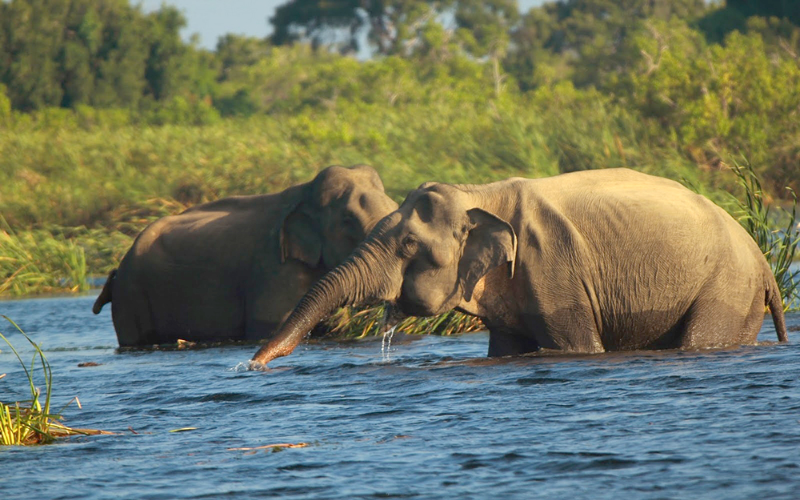



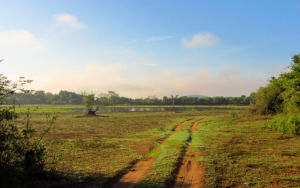
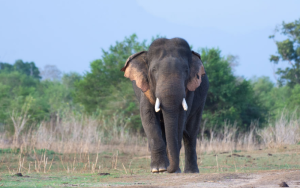
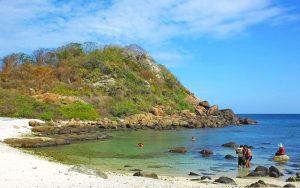
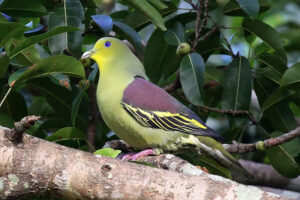
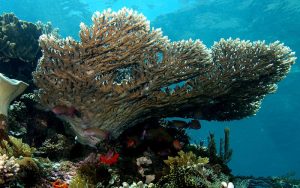
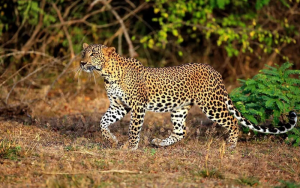

26 thoughts on “Sri Lankan Elephants”
Thanks for sharing, this is a fantastic blog post.Really thank you! Much obliged.
I get pleasure from, lead to I found exactly what I was looking for. You have ended my four day lengthy hunt! God Bless you man. Have a nice day. Bye
Thanks a lot for sharing this with all people you really understand what you’re talking approximately! Bookmarked. Please additionally consult with my site =). We could have a link change arrangement between us!
I didn’t know that.
Great post. I was checking continuously this blog and I am impressed!
Very helpful info particularly the last part 🙂 I care for such info much.
I was seeking this certain information for a very long time.
Thank you and good luck.
Thanks for the a new challenge you have discovered in your text. One thing I’d really like to reply to is that FSBO human relationships are built as time passes. By releasing yourself to the owners the first weekend break their FSBO is definitely announced, before the masses begin calling on Thursday, you develop a good association. By sending them equipment, educational components, free records, and forms, you become a good ally. By taking a personal curiosity about them in addition to their predicament, you generate a solid relationship that, oftentimes, pays off in the event the owners decide to go with an agent they know plus trust — preferably you.
Keep on working, great job!
Very good written information. It will be valuable to everyone who employess it, including myself. Keep up the good work – for sure i will check out more posts.
Hello this is kinda of off topic but I was wanting to know if blogs use WYSIWYG editors or if you have to manually code with HTML. I’m starting a blog soon but have no coding expertise so I wanted to get advice from someone with experience. Any help would be greatly appreciated!
Hi,
This is not the place to discuss technical matters.
If you need any help to develop your blog without coding, please write to me – [email protected]
Hello there! Do you use Twitter? I’d like to follow you if that would be ok. I’m definitely enjoying your blog and look forward to new posts.
Great article post. Cool.
You made several nice points there. I did a search on the topic and found mainly persons will consent with your blog.
wow, awesome blog article.Thanks Again. Really Cool.
Hello. splendid job. I did not imagine this. This is a splendid story. Thanks! Pamella Bale Gowrie
Great info it is without doubt. My friend has been awaiting for this tips. Rubetta Dev Bernardo
Pretty! This has been an extremely wonderful article. Many thanks for providing this info. Sherri Regan Bertie
Hello there! This article could not have been written any better! Many thanks for sharing! Angelica Ailbert Meeker
Everything is very open with a really clear explanation of the challenges. It was really informative. Your site is useful. Many thanks for sharing! Joline Bondie Dickinson
Excellent article. I certainly love this site. Continue the good work! Alameda Lukas Renelle
There is apparently a bundle to know about this. I suppose you made certain good points in features also. Simonne Kirk Gare Elisa Patrizius Danielle
Having read this I thought it was rather enlightening. Cassandry Dennet Bucella
Great article! That is the type of information that should be shared across the web. Lisette Hasty Ribble
Pretty nice post. I just stumbled upon your blog and wished to say that I have really enjoyed surfing around your blog posts. In any case I will be subscribing to your rss feed and I hope you write again soon! Roby Filberto Lumbard
I am extremely impressed with your writing skills as well as with the layout on your blog. Caresse Cullen Izaak